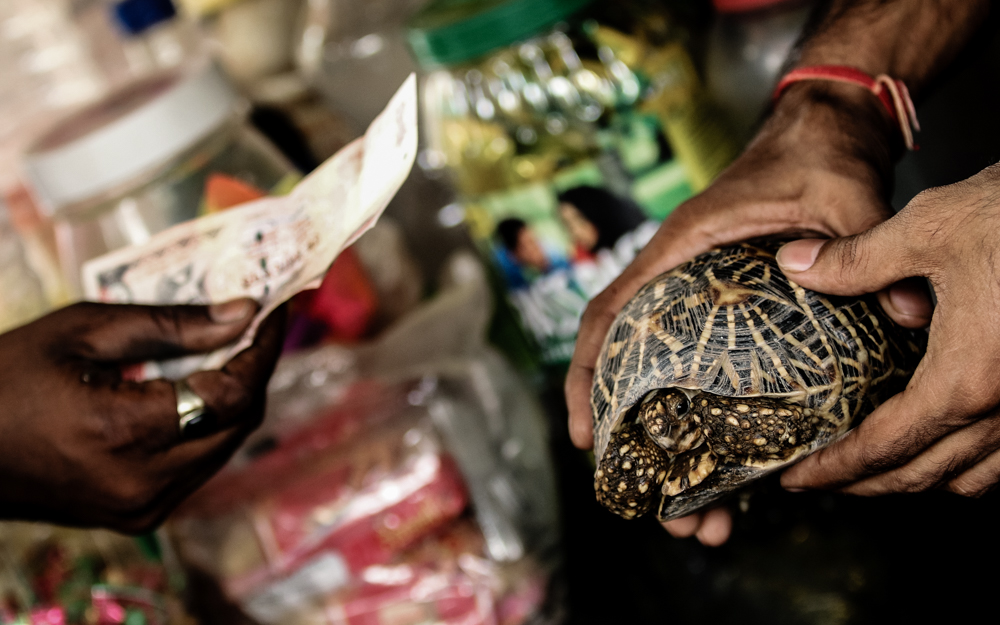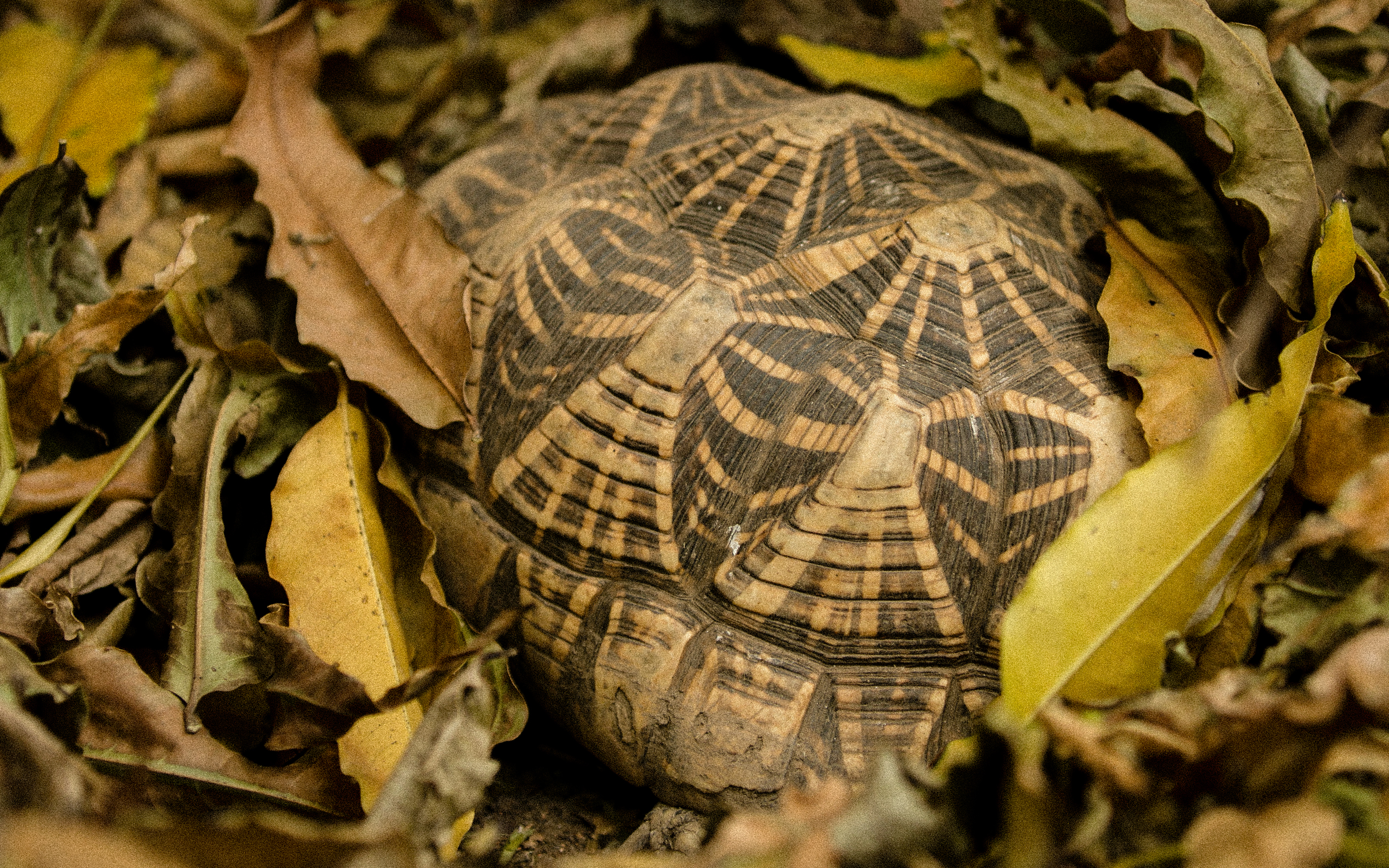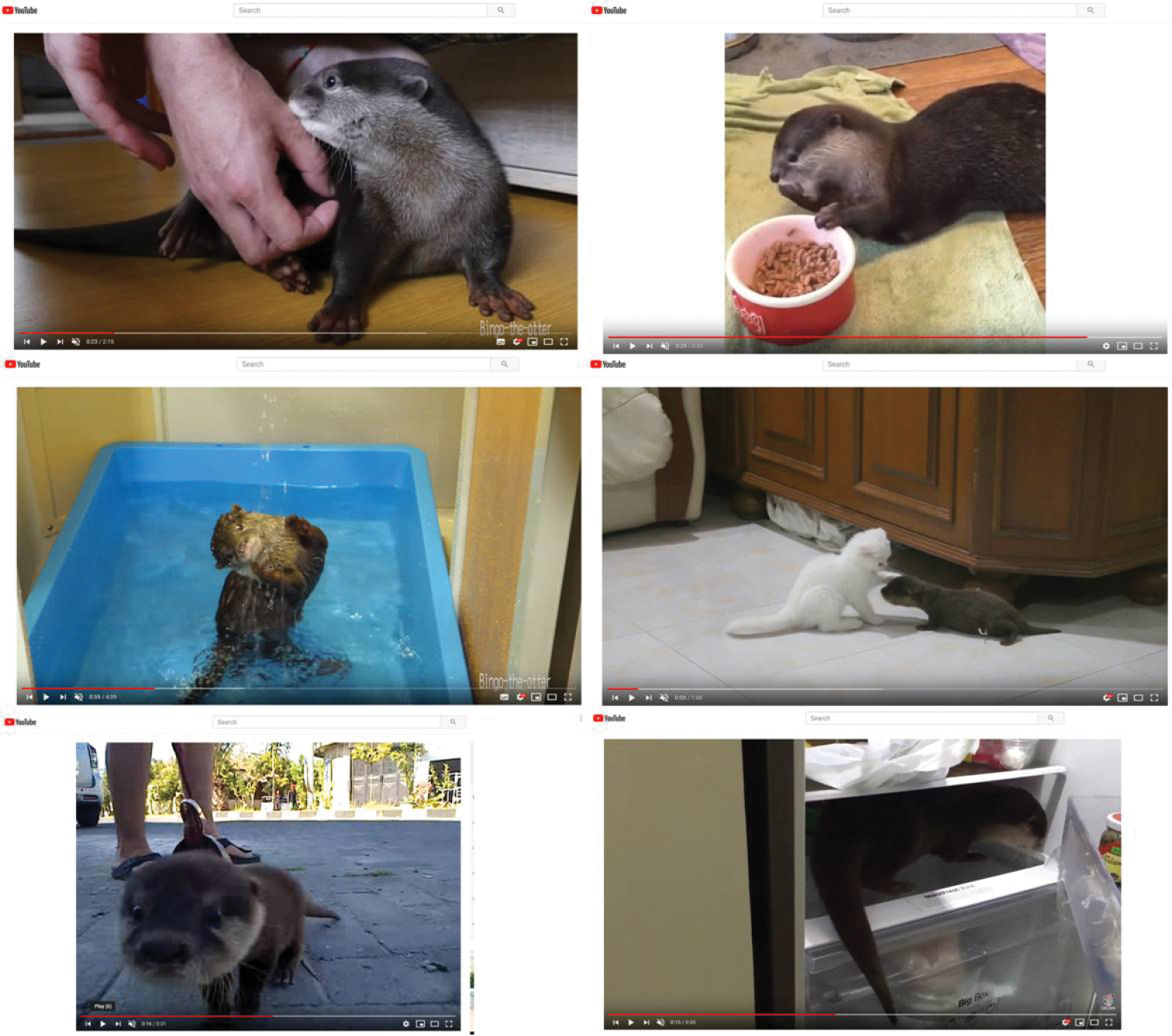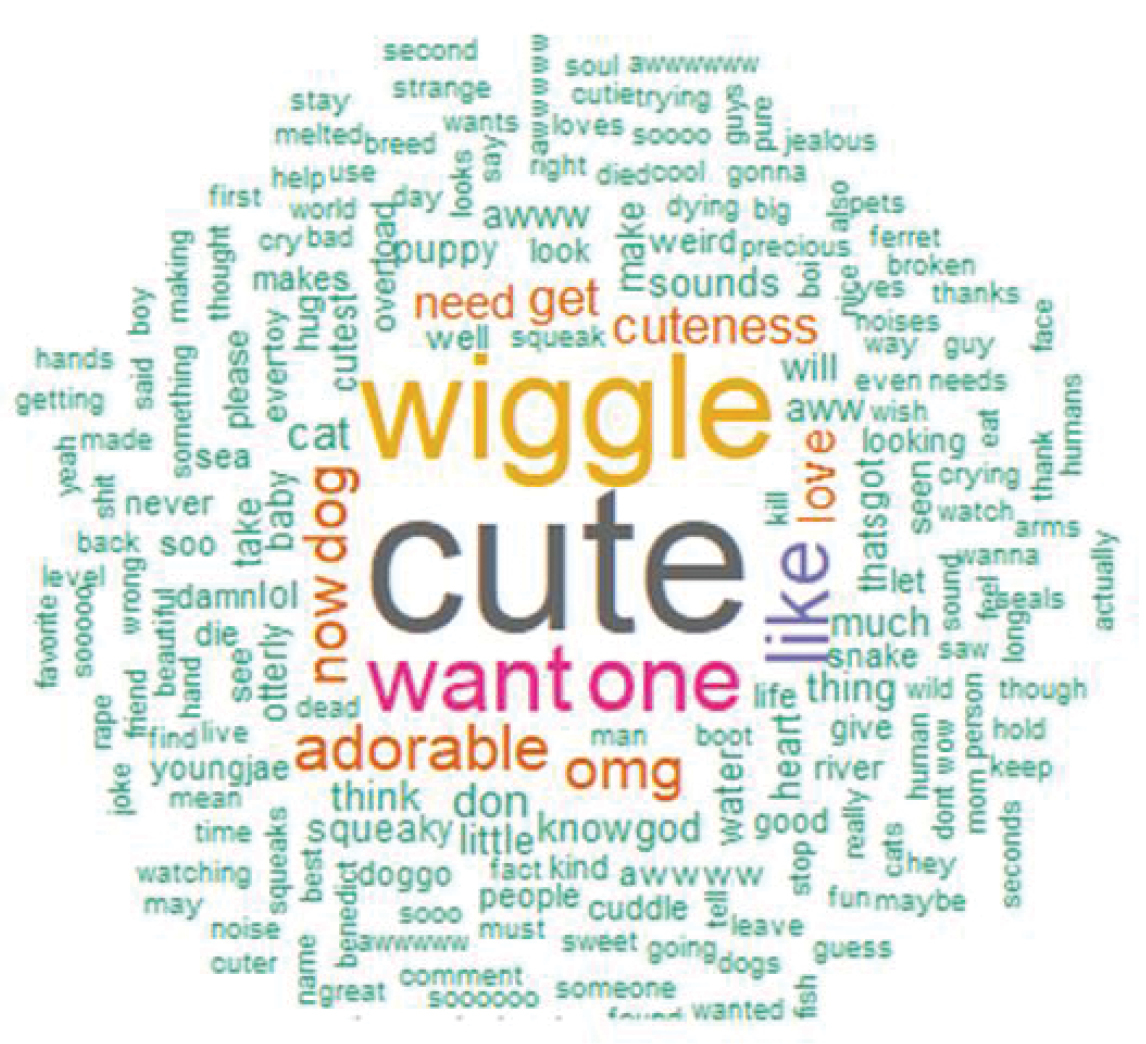News
David Macdonald writes with excellent news following CITES decisions
I was thrilled this morning to hear news from Dr Neil d’Cruze at CITES. Neil, a member of the WildCRU team, together with Dr Lauren Harrington and myself, has, over recent months, been evaluating evidence that we believe demonstrated the need to up-list several species. Neil set sail to CITES armed with the evidence, and now reports the small-clawed otter, smooth coated otter and Indian star tortoise have all been up-listed to CITES Appendix I. These decisions followed intense deliberations by Parties in attendance at this important gathering in Geneva Switzerland. Appendix 1 affords the highest level of international protection possible, and effectively prohibits international commercial trade completely, a judgment based on current conservation concerns.
Otters
In 2018, WildCRU hosted a workshop at our centre at Tubney House here in Oxford, attended by collaborators from World Animal Protection, NRDC and TRAFFIC (among others) that helped us to assess the extent of the threat to these animals, figure out the best approach, and identify the evidence and information needed to address important unanswered questions. One of the immediate conclusions was that the small-clawed and smooth-coated otters needed greater legal protections by CITES given the concerns regarding the illegal, unsustainable and inhumane trade in these species as exotic pets. Inspired by this conclusion, Lauren and Neil consolidated the evidence, published in the journal Nature Conservation –https://natureconservation.pensoft.net/article/33842/
This study focused on social media, and we found that the number of videos depicting otters as pets increased in the past two to three years, but also that their popularity and/or engagement had increased too. Indonesian and Japanese language pet otter videos showed the greatest increases in both the number of videos produced as well as their popularity. The appearance of phrases such as ‘I want one’ in the comment section of English language videos certainly suggests these videos may be driving demand and the acceptability of owning an otter as a pet.
Indian star tortoise
Since 2014, in collaboration with World Animal Protection, WildCRU researchers Dr. Neil D’Cruze and Aniruddha Mookerjee have led research focused on this “the world’s most illegally trafficked” species of tortoise that has led to several peer reviewed scientific publications –
https://natureconservation.pensoft.net/articles.php?id=5625
http://www.iucn-tftsg.org/geochelone-elegans-106/
https://www.iucnredlist.org/species/39430/115173155
These publications crucially helped to underpin the recent CITES uplisting proposal made by the two range States with the largest remaining wild populations – India and Sri Lanka.
Together, during this research, we documented evidence that more than 55,000 star tortoises were illegally collected and sent out of just one location in Southern India in 12 months. This alarming number is 10 times higher than an earlier decade old estimate of just 10,000-20,000 individuals. Given that there are no registered, recorded or known small or large scale captive breeding facilities for Indian Star tortoises across the world, in addition to the large discrepancy in import and export data, implying that wild caught tortoises are being laundered as captive bred – increased protection at an international level was surely urgent.
These up-listings are a great outcome, based on carefully assembled evidence with significant policy relevance for the benefit of the conservation, and welfare, of these threatened species.









